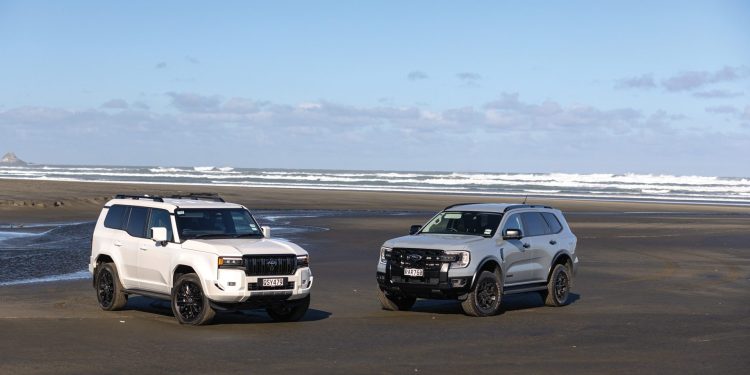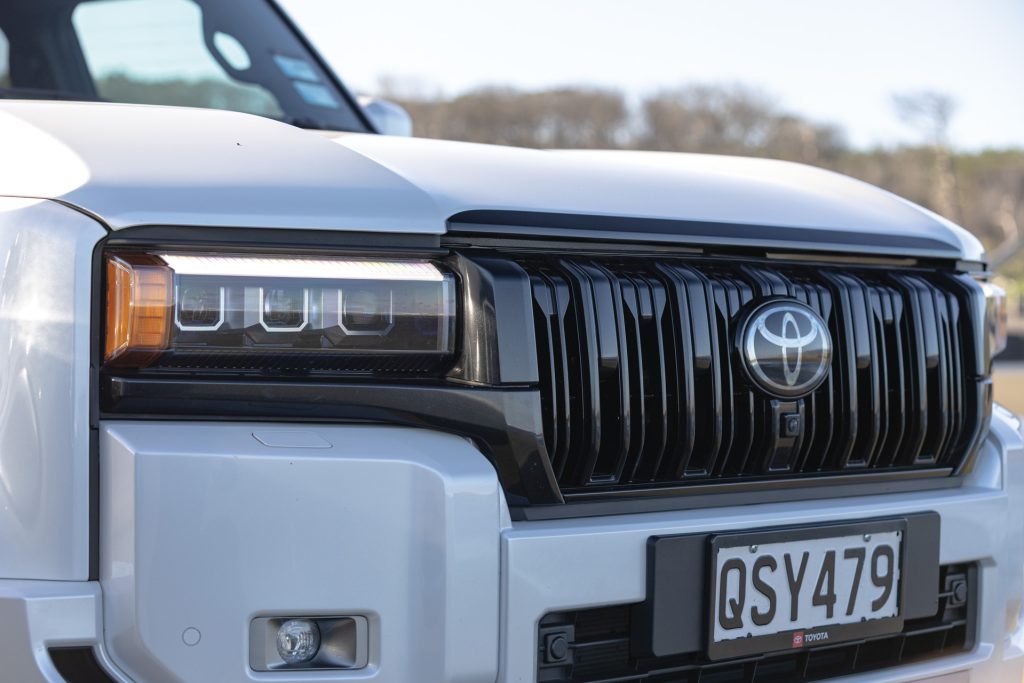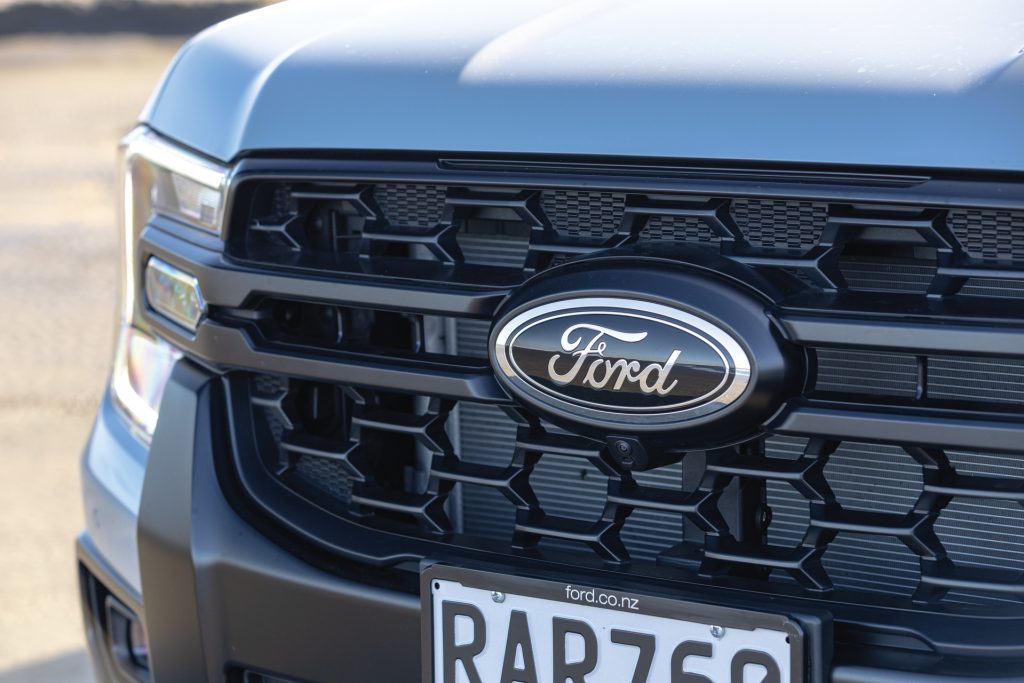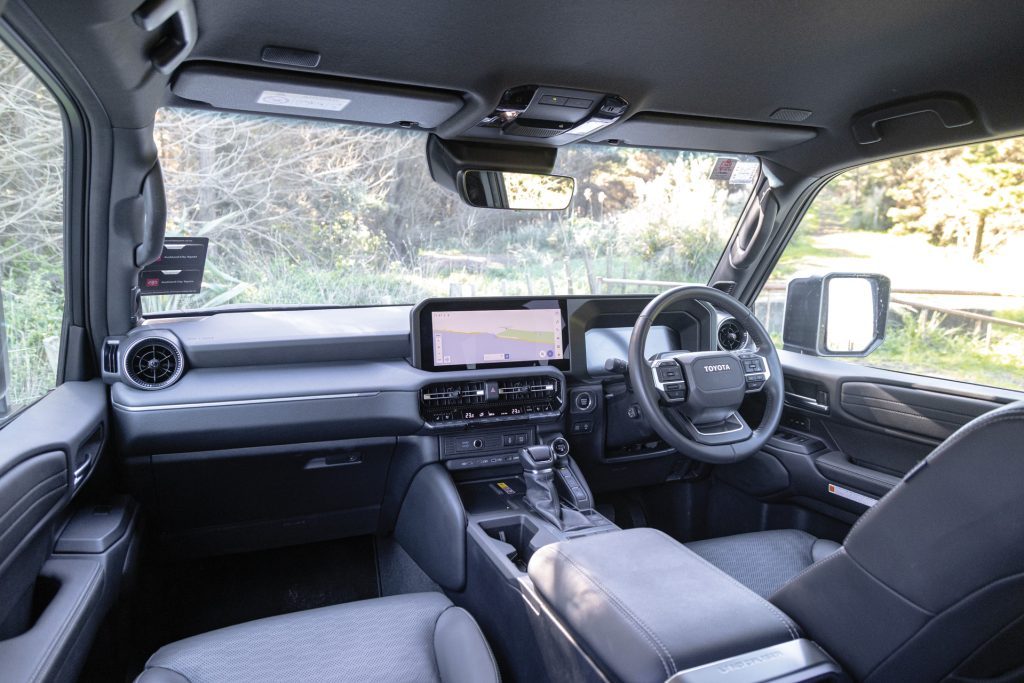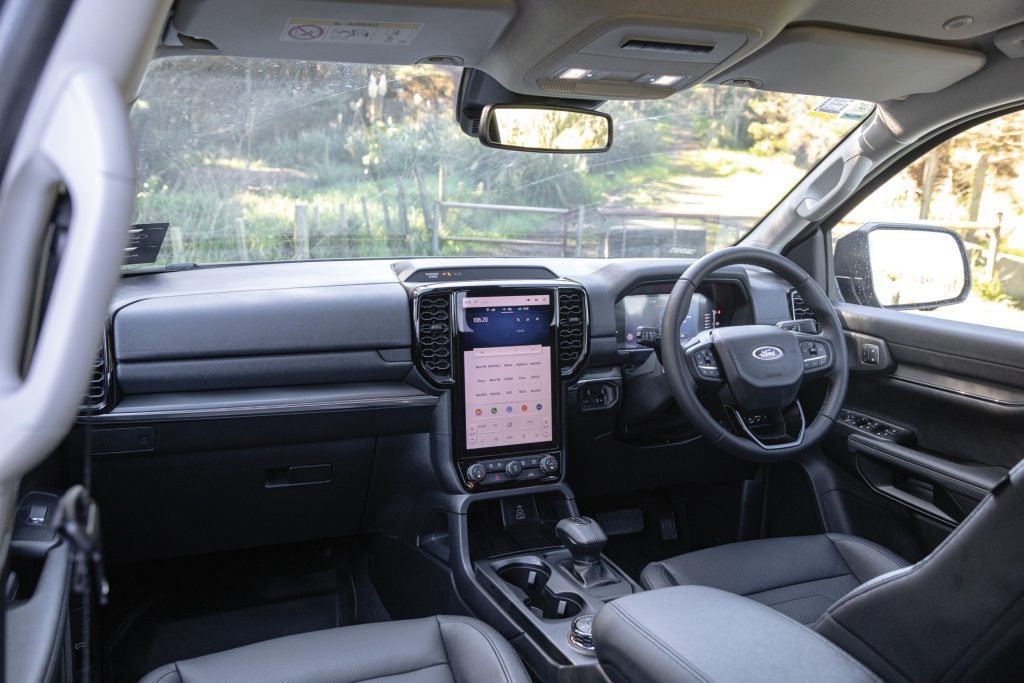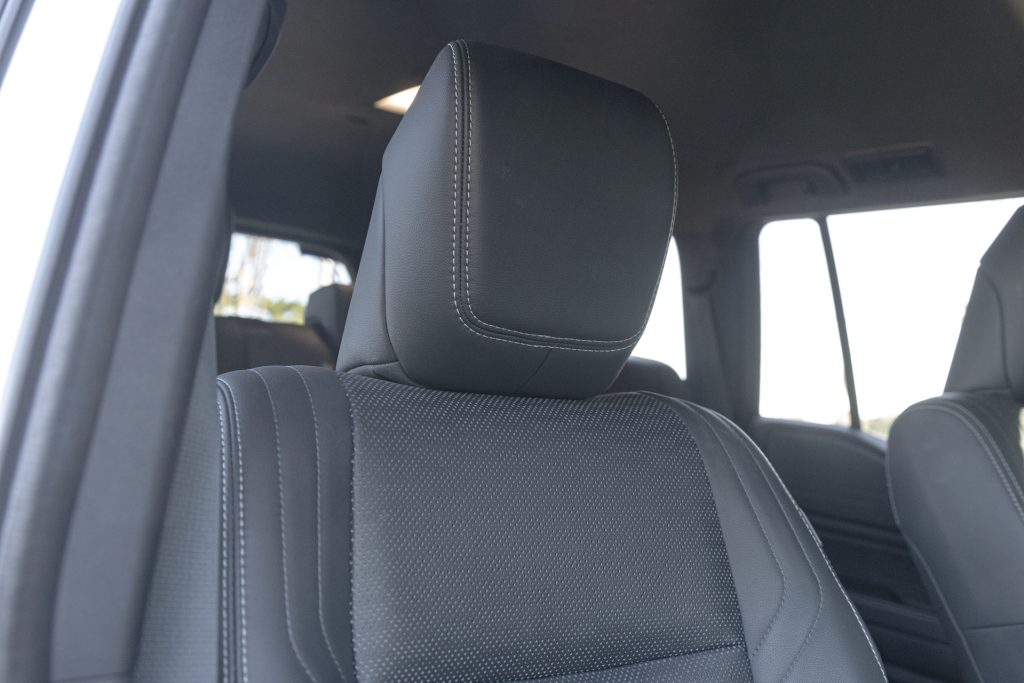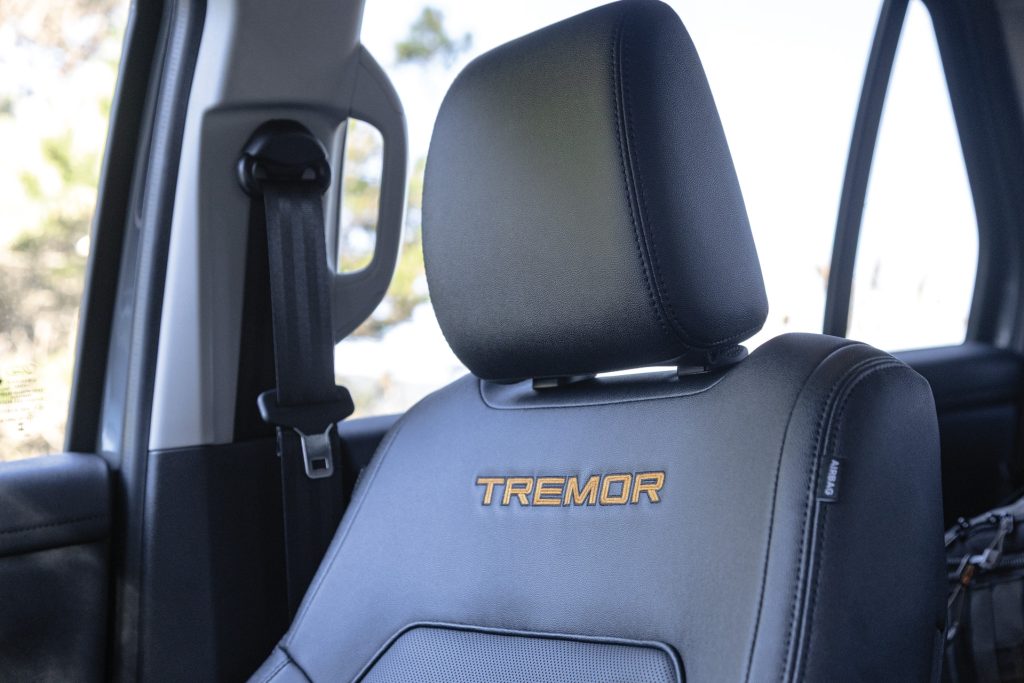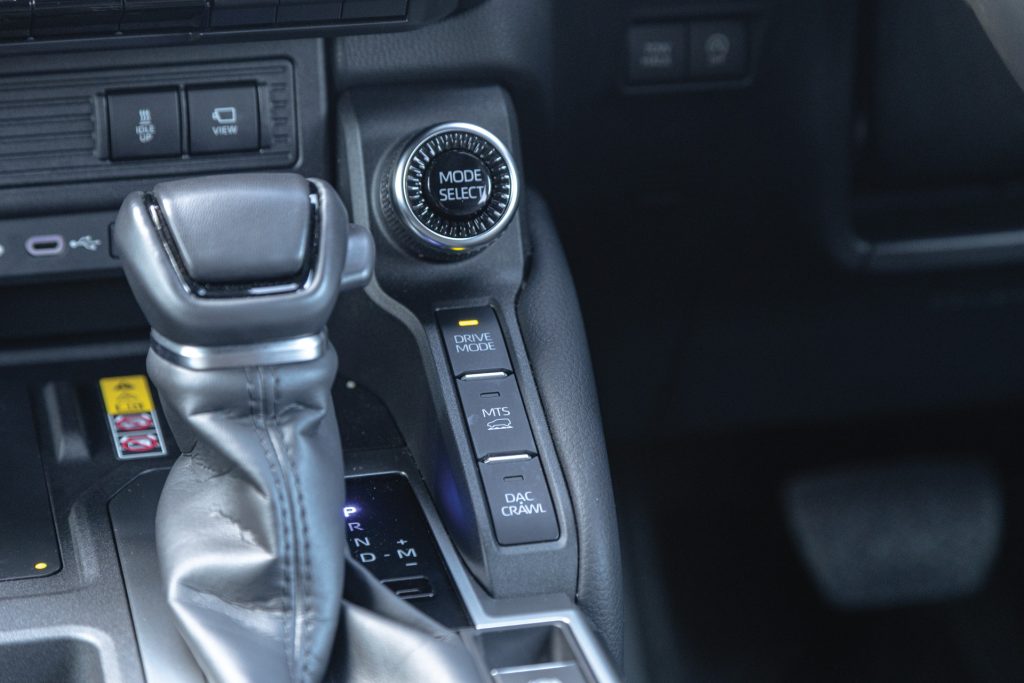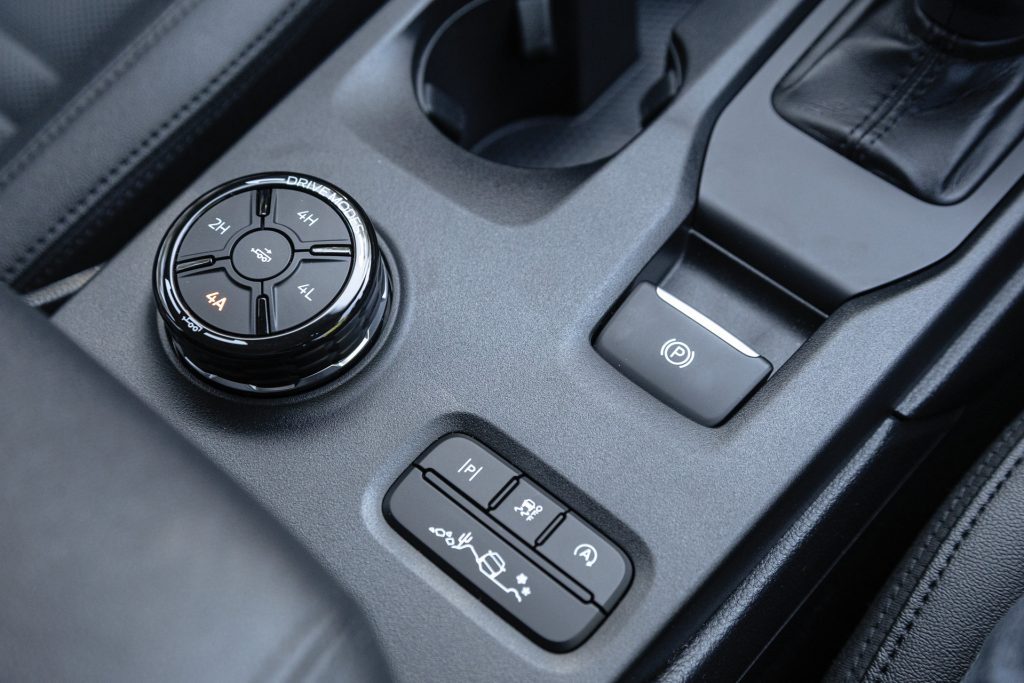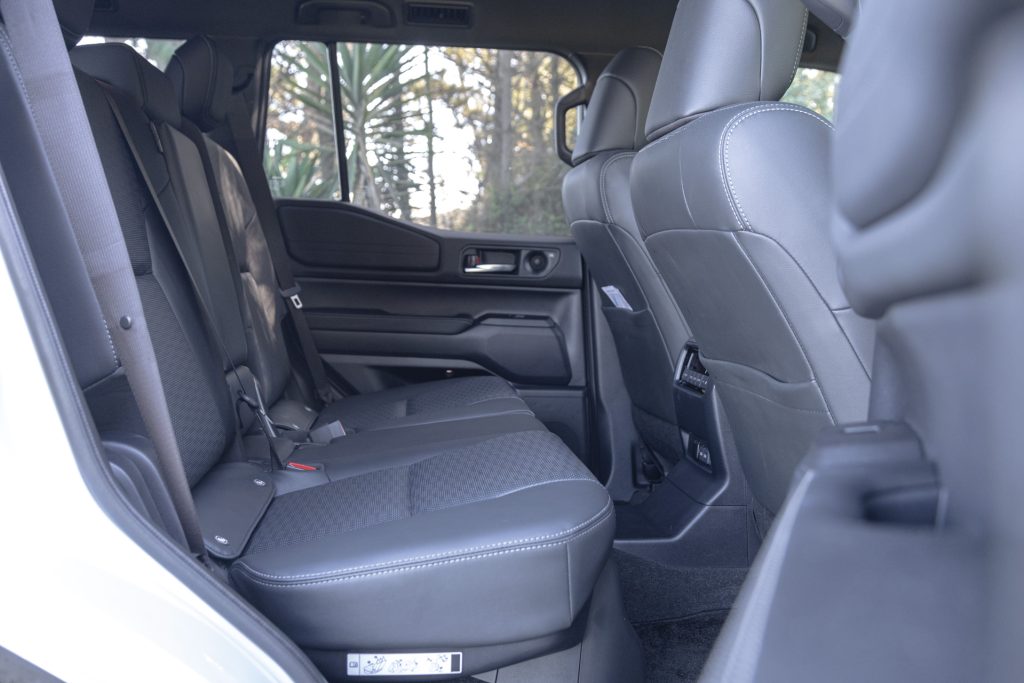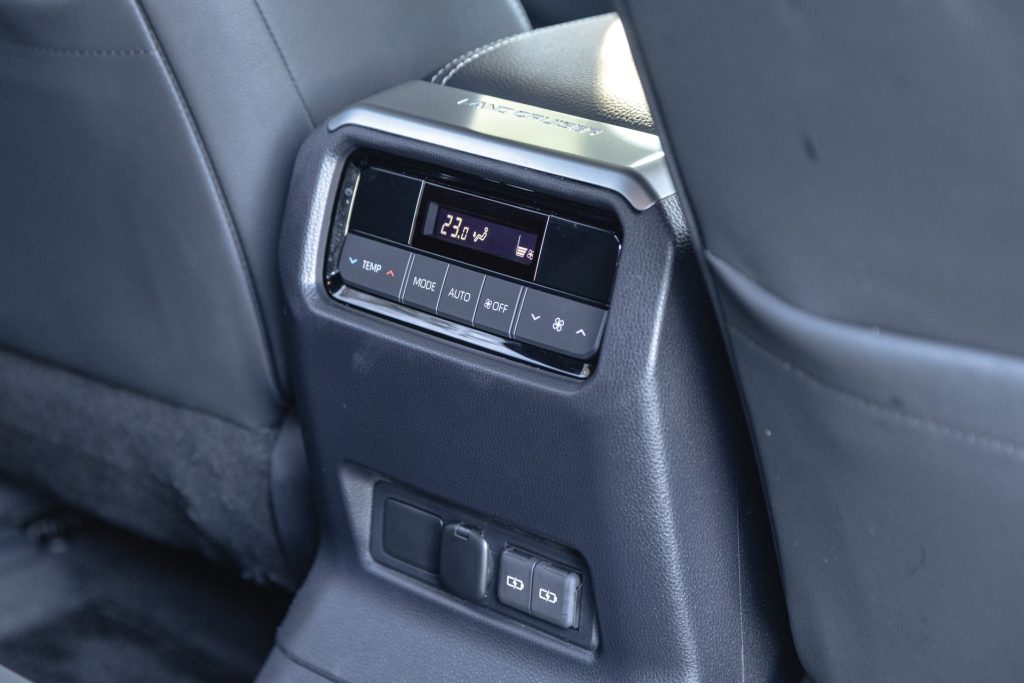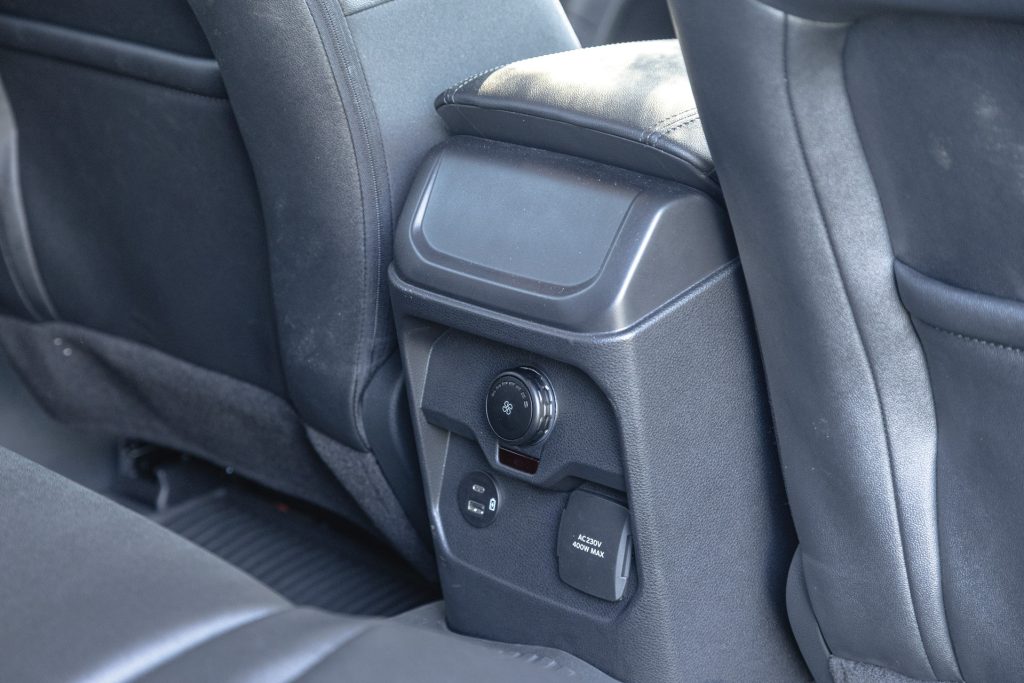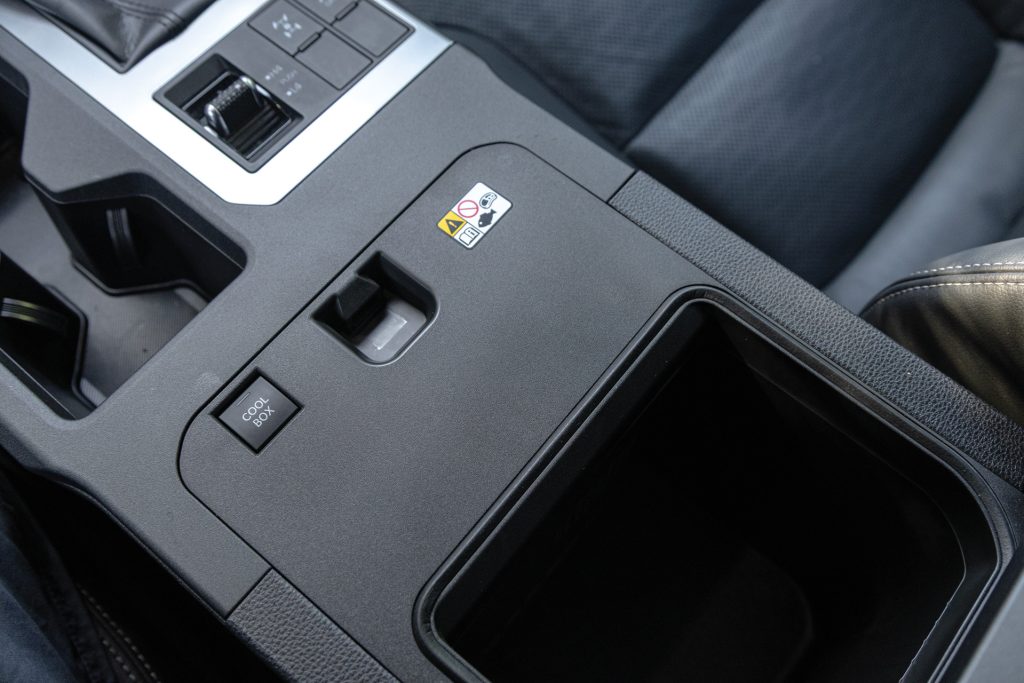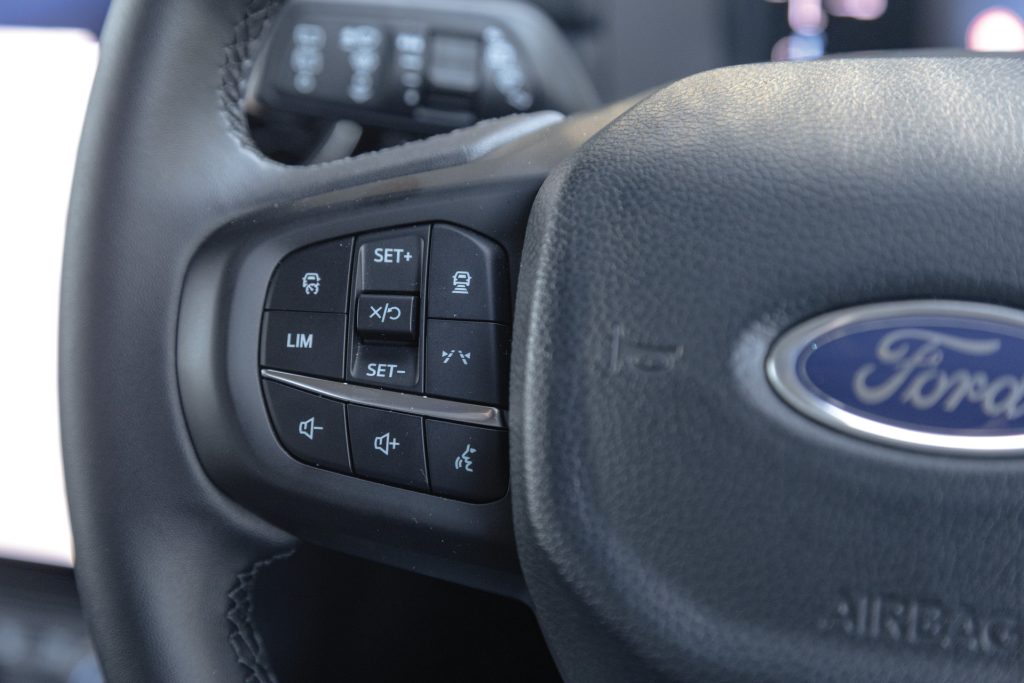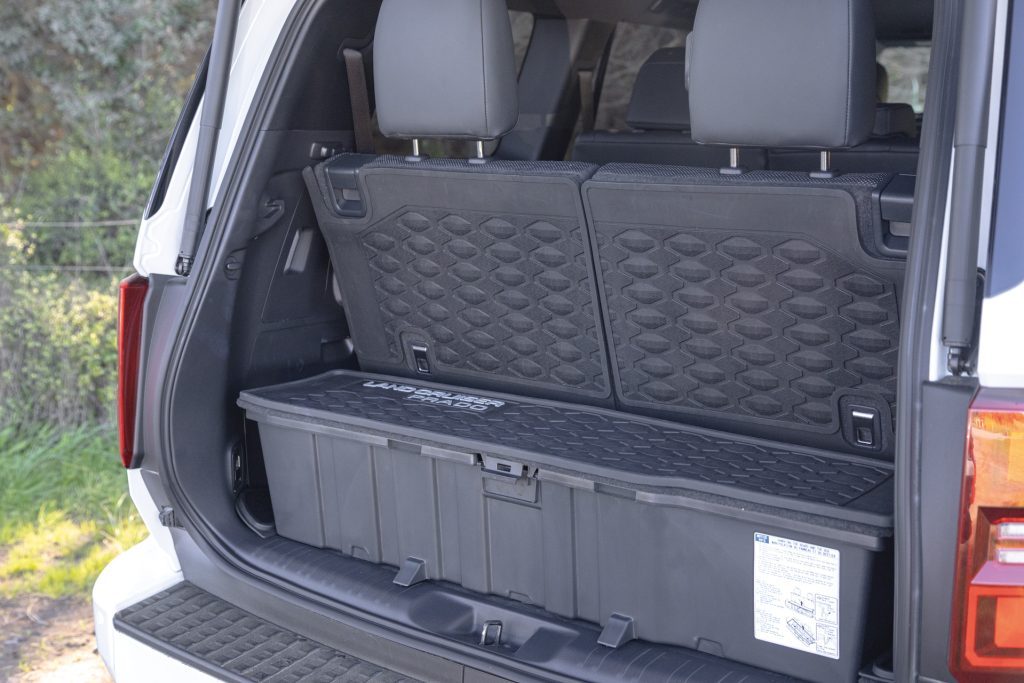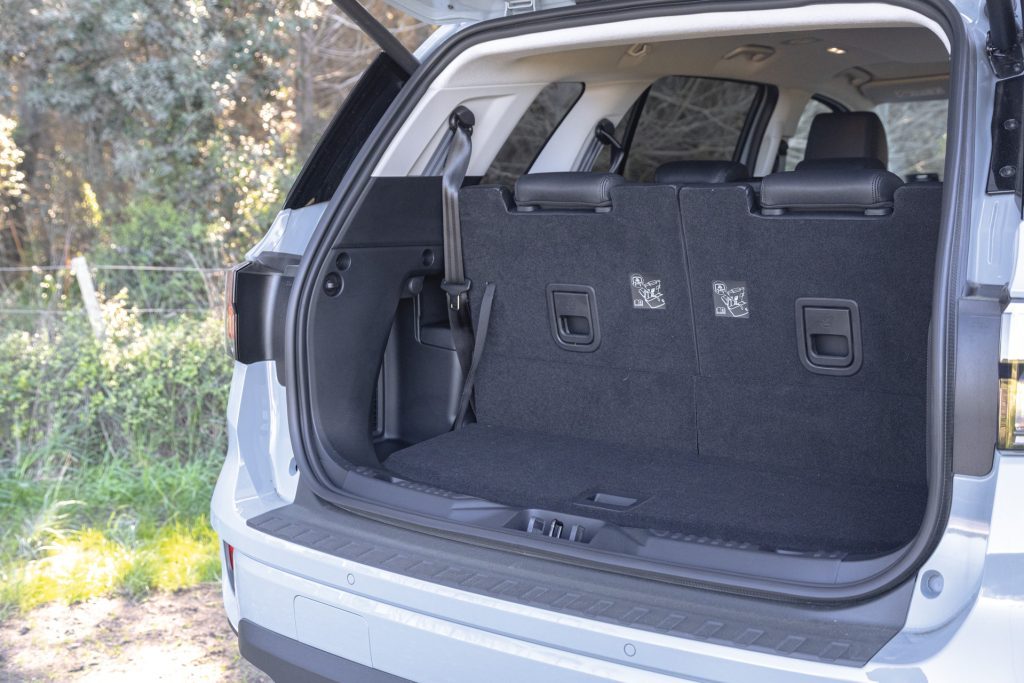2025 Ford Everest Tremor vs Toyota Land Cruiser Prado VX Comparison
Words: Kyle Cassidy | Photos: Alex Schultz
Prado and Everest are do-it-all machines with an excess of capability and practicality. Which is the better buy?
These two, the new Toyota Prado and the Ford Everest, are jacks of all trades. With proper 4×4 hardware they can go pretty much anywhere, and tow like a ute. Yet they are civilised enough to take the family to town along with a couple of extras, being seven seaters as well. They are overly qualified for life in the city, more a fit for those living rurally, but many urban folk love them, towering over the rest of us in traffic. They have the necessary safety features to keep them right side up, and all the conveniences too.
These two variants aren’t quite the perfect match up though. The Prado we have is the VX, being the more on-road/luxury-oriented model. The Tremor, on the other hand, is the more up-for-adventure Everest. But they are close enough on price to tempt buyers to cross-shop, the VX at $93,990 (all on-roads included) and the Tremor being $87,990 (on roads being extra).
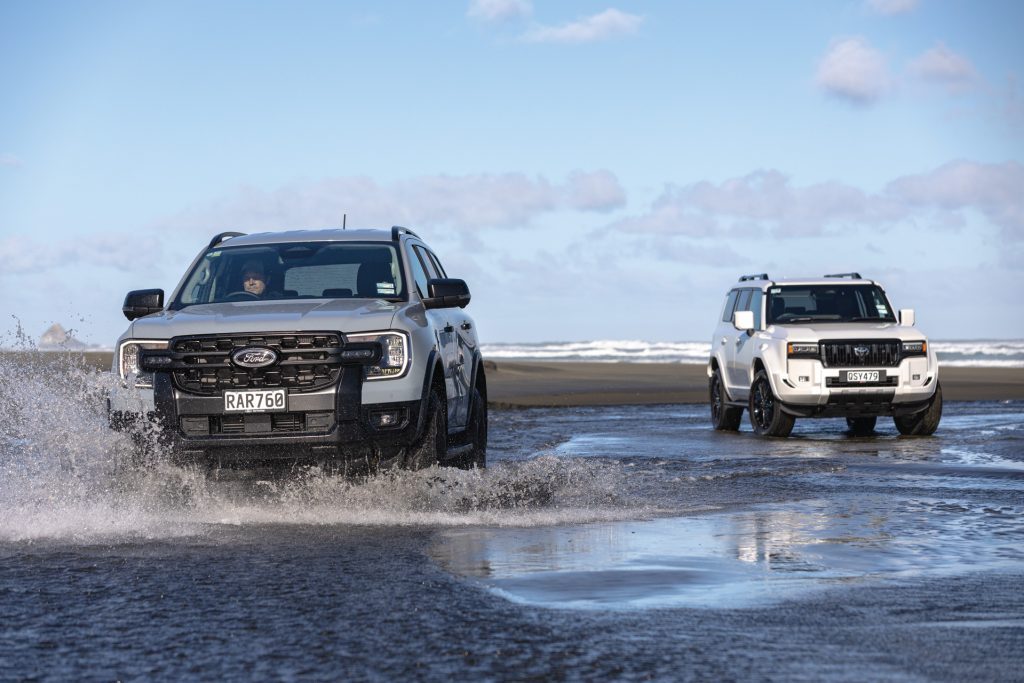
Everest Tremor
The Tremor fits in between the $81,490, four-cylinder Sport and the $91,490 V6 Platinum. Like the Platinum, the Tremor packs the 3.0-litre diesel delivering 184kW and 600Nm of torque. And, like the Ranger Tremor, the 17-inch alloys come wrapped in General Grabber AT3 All-Terrain tyres which are said to provide 26mm of additional ground clearance. This also comes with Bilstein Position-Sensitive Dampers, Tremor-specific springs and a Rock Crawl Drive Mode. Apparently the latter ‘optimises traction and momentum on loose and rocky surfaces, ensuring confident off-road exploration’. Rounding out the offering, it has a unique grille with auxiliary LED lamps, a steel bash plate and heavy-duty side steps.
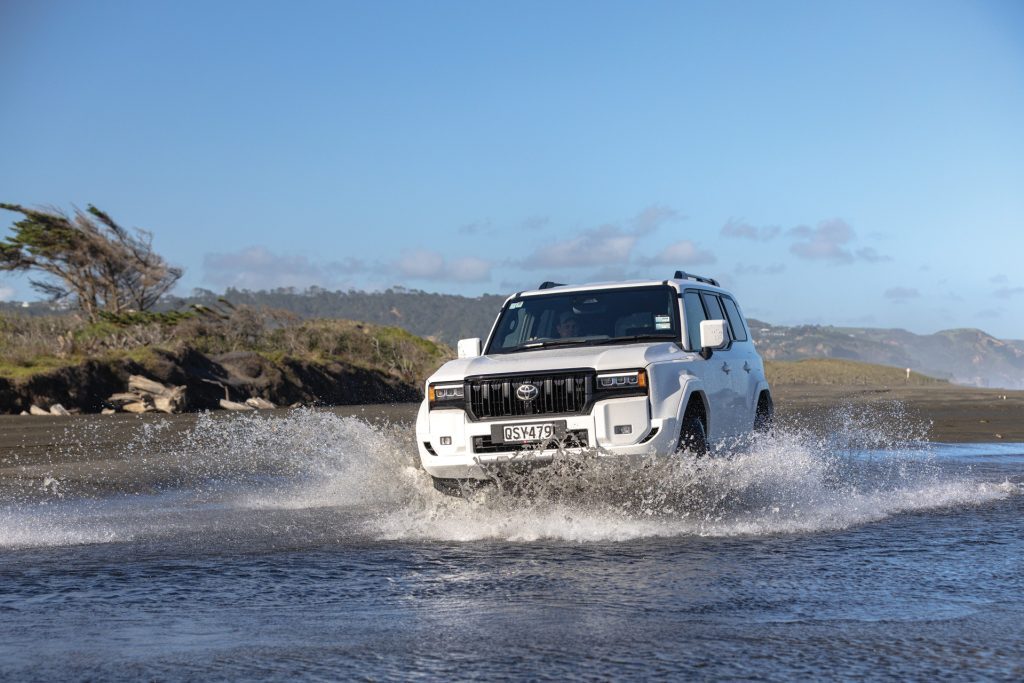
Prado VX
There are four Prado variants; the GXL is $83,990 while the more on-road focused VX adds the extras for $93,990. The VX Limited adds a few more for $105,990. The other range topper option is the off-road-focused Adventure, costing $103,990.
All Prados use the 1GD 150kW/500Nm four cylinder, shared with the Hilux. It has the 48V mild-hybrid module that adds a little torque boost to the bottom end and enables better idle-stop operation. Like the Everest, Prado now has AdBlue SCR (Selective Catalytic Reduction) which helps reduce soot particles and NOx.
Unique to VX models are adaptive variable dampers so you can add some sponge in Comfort or starch in Sport +. It also rolls on more road-oriented rubber compared with the Tremor, and larger 20-inch alloys.
Both rigs utilise a full chassis with a solid axle out back. The Prado has full time 4WD via a Torsen centre diff, a centre diff lock, low range and off-road modes. The latter includes a crawl control system (effectively low-speed cruise control for the gnarly bits), a multi-terrain monitor with front and side camera views, and a 700mm wading depth, though that’s 100mm fewer than the Tremor. Ground clearance (215mm) is slightly less than the Everest’s 255mm, but both tow the same 3500kg braked with a 350kg tow ball download.
The Everest has switchable 4×4 with 2H, 4H and a 4Auto mode (switching between the two). It also has 4L, various off-road drive modes, a camera system and a rear diff lock. Both get electric steering assistance, delivering a consistent weighting and safety aspects like lane keeping functions.
Which is more premium?
This is where the Toyota starts pulling ahead. The Prado VX cabin exudes quality. It feels solid, premium and well screwed together. Soft-touch materials dominate, and there’s a quaint charm to the retro-modern aesthetic of the dashboard and switchgear. The screen is an okay size and well integrated. It doesn’t control everything with plenty of physical buttons for key functions.
The Everest’s cabin can’t match the Prado’s polish. There are more hard plastics and fewer refined finishes. The driver’s seat is underwhelming, in need of more padding and form at this price, though there’s good adjustment. The portrait-oriented touchscreen gives it lots of viewable inches for a better sat-nav picture but its tiny touch targets can frustrate on the move. It has a few physical HVAC buttons and a volume knob, which are appreciated. Ford nails the digital driver display better with more customisable options.
Both SUVs offer heated and ventilated front seats, wireless charging, USB ports galore and strong connectivity options. The Everest has snazzy interior door handles that work well on a big rig. Prado adds niceties like a cool box and a surround-view camera with a clever washer function. Lower the side windows in the morning and the condensation is wiped clear by the weather strips of the Prado, which is not something the Ford owner will enjoy. It’s these aspects that highlight the Toyota’s attention to detail.
Load them up
While they both can tow 3.5 tonnes, it’s passengers that these are more likely to be hauling around more often. And while the Everest isn’t quite as good as some of the crossover-based seven-seaters, it’s a better bus than the Prado.
While there’s a bit more leg room in the middle row of the Toyota, except for the middle seat passenger perhaps, the Everest does a better job with rear-seat packaging. Its third-row folds flat into the floor to better preserve boot space and practicality. Access is straightforward, and though the third row is better suited to kids, it’s usable for adults on short trips if you slide the middle row forward a smidge.
The Prado’s third row is a bit of a compromise. Due to the placement of the 48V battery out back between the chassis rails, the rear seats fold above the floor, eating into cargo space. Entry to the third row is decent, however, with the second-row tumbling forward easily but it lacks a sliding function so limits foot space for those in the rear. The Prado seats are comfortable back there and headroom is better while there are dedicated rear USB ports and vents too.
With all seats up, there is a semblance of storage left over in the Everest, but there is virtually nothing in the Prado. With seats folded, both are about equal in terms of load length and width, but the Prado’s load height is limited. And that plastic bin they have installed is hardly robust. The boot floor is also much higher off the ground, troublesome for loading and not dog friendly. There is a five-seat Prado offered in GXL and Adventure grades, and it’s slightly cheaper too.
On the go
Both rustle up their torque in quick fashion from idle, getaways done with minimal turbolag. The outputs are well processed by the autos (a new eight-speed in the Toyota, Ford with its ten-speeder), both refined operators, while each is quick to deliver the right ratio when needed.
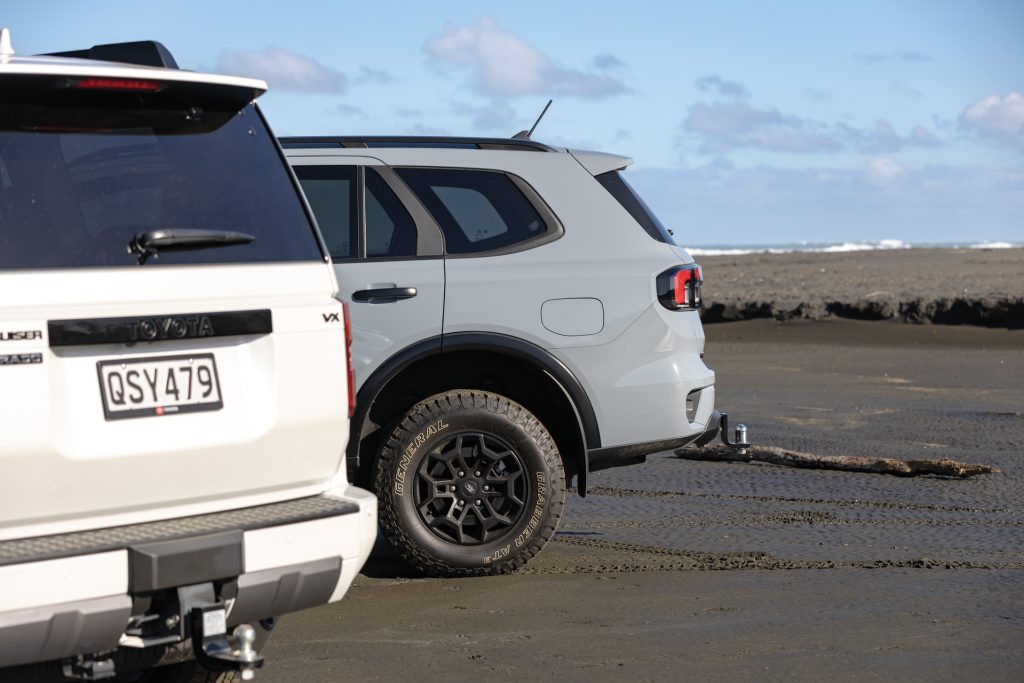
Both ride well for separate Chassis SUVs, isolating most bumps soundly and they don’t jiggle about.
The Everest with more torque and gears is the quicker of the two, so the V6 punches that bit harder. It’s not a revver, more of a slugger while its biggest advantage is refinement. It’s quieter and smoother, with more hum and less rattle. The Prado’s four-pot is coarse in comparison, with noticeably more vibrations. Both have stop/start and neither is troublesome.
The Everest has lighter steering and a better turnaround though the Prado isn’t too unwieldy, but it does take up more space in the car park.
Both ride well for separate chassis SUVs, isolating most bumps soundly and they don’t jiggle about. There’s not much between them over urban roads, though the Prado is more settled at speed on highways. It’s definitely plusher on gravel roads, and more surefooted too. It rumbles along, glossing over the bigger potholes that bumped the Everest off line.
On tarmac, the Tremor holds on to a cornering line nicely despite its chunky AT rubber, and is the more nimble of the pair. The Toyota has the more reserved steering feel and is more stable in turns, with better control over the bumps.
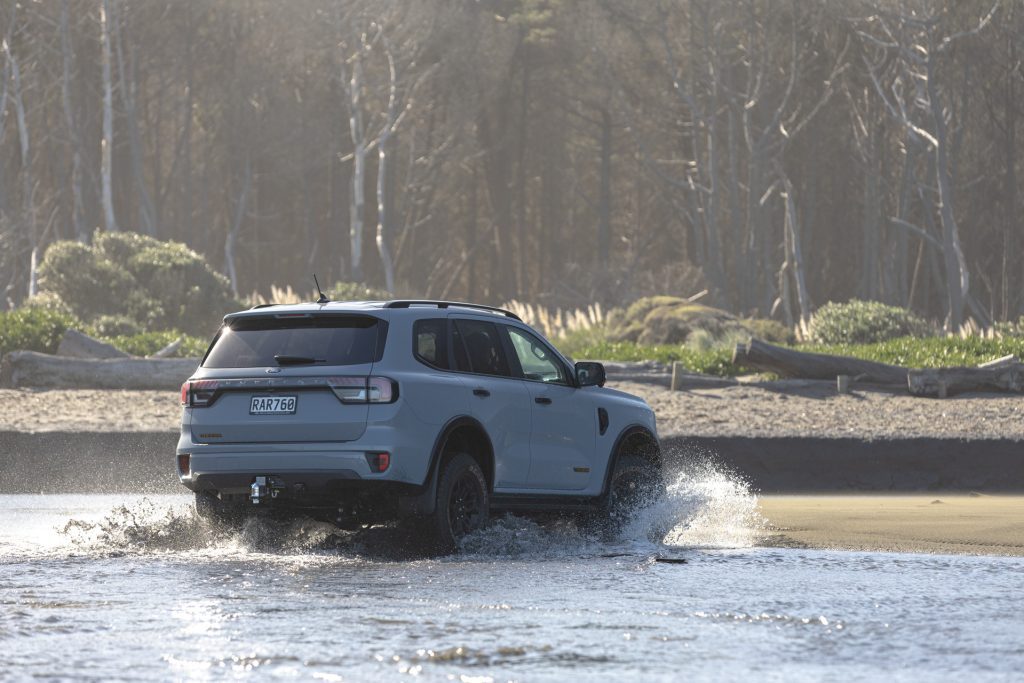
The new eight-speed auto shifts more decisively and smoothly than its predecessor. But in refinement and performance, the V6 Everest has the edge. The fuel figure for the Tremor is 10.8L/100km while we saw 12 on test. The corresponding numbers for the Prado were 8.7L/100km and 11. Neither is miserly, but that’s the trade-off for hauling around 2.5 tonnes of off-road-ready machinery.
Each has the usual driver assistance features on guard, though they are largely well behaved. Ford’s lane enforcer keeps asking you to keep your hands on the wheel, which takes the gloss off the otherwise fine assisted cruise control feature. The Toyota’s system is better behaved in this regard, easing motorway and highway journeys.
Which Should You Buy?
This is a close-run thing. If you’re after a more premium experience, the Prado VX is hard to beat. Its build quality, comfort and on-road composure will appeal. It’s a vehicle you buy for the long haul, with a legacy of reliability and it retains its value like few other vehicles. A pity then that the seven-seat configuration is compromised.
The Everest Tremor is punchier with a more refined engine and comes better equipped for those who want to push deeper off the beaten path. While its cabin lacks some finesse, it’s more practical as a seven-seater, which might sway your decision toward the Ford instead.
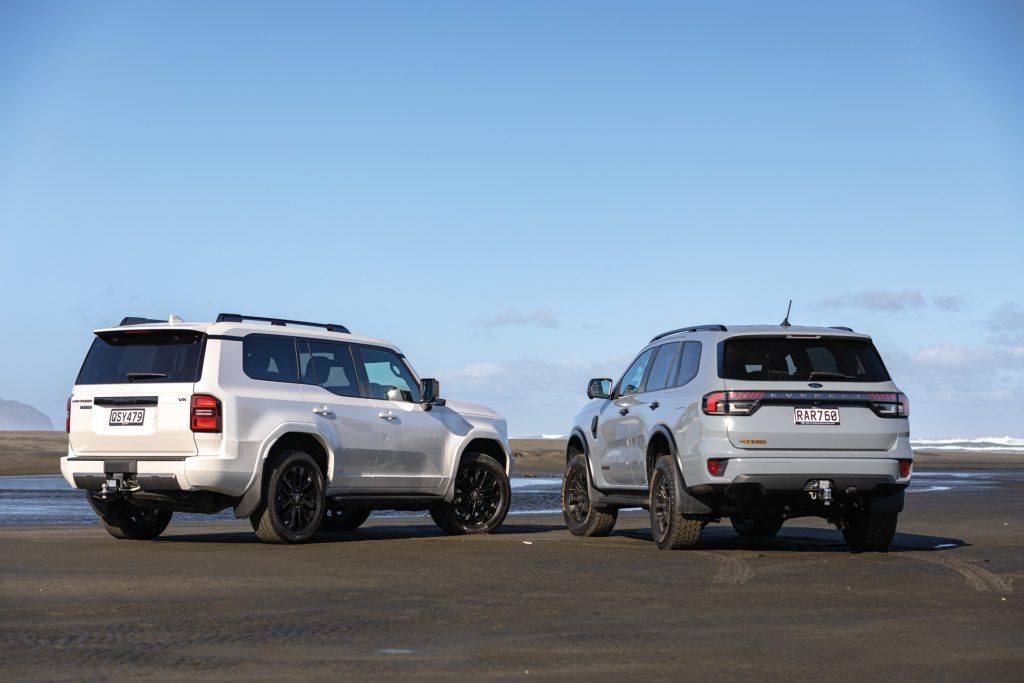
Ford Everest Tremor
$87,990 / 10.8L/100km / 285g/km
0-100 km/h 9.15s
80-120 km/h 6.98s (198m)
100-0 km/h 39.89m
Speedo error 98 at an indicated 100km/h
Ambient cabin noise 71.1dB@100km/h
Engine 2997cc / V6 / TDI
Max power 184kW@3250rpm
Max torque 600Nm@1750-2250rpm
Drivetrain 10-speed auto / AWD
Front suspension Wishbones / swaybar
Rear suspension Solid axle / swaybar
Turning circle 11.6m (2.7 turns)
Front brakes Ventilated discs
Rear brakes Discs
Stability systems ABS, ESP, TV
Safety AEB, ACC, BSM, LDW, RCTA, ALK, AHB
Tyre size f/r-265/70R17
Wheelbase 2900mm
L/W/H 4978 / 2015 / 1904mm
Track f-1650mm r-1650mm
Fuel capacity 80L
Luggage capacity 259-898-1823L
Tow rating 750kg (3500kg braked)
Service intervals 12 months / 15,000km
Warranty 5yrs / 150,000km
ANCAP rating Not rated
Weight (claimed) 2550kg
Toyota Land Cruiser Prado VX
$93,990 / 8.7L/100km / 230g/km
0-100 km/h 11.10s
80-120 km/h 8.45s (235m)
100-0 km/h 40.45m
Speedo error 98 at an indicated 100km/h
Ambient cabin noise 69.9dB@100km/h
Engine 2755cc / IL4 / TDI
Max power 150kW@3000-3400rpm
Max torque 500Nm@1600-2800rpm
Drivetrain 8-speed auto / AWD
Front suspension Wishbones / swaybar
Rear suspension Solid axle / swaybar
Turning circle 12m (3.0 turns)
Front brakes Ventilated discs
Rear brakes Ventilated discs
Stability systems ABS, ESP
Safety AEB, ACC, BSM, LDW, RCTA, ALK, AHB
Tyre size f/r-265/60R20
Wheelbase 2850mm
L/W/H 4990 / 1980 / 1992mm
Track f-1664mm r-1668mm
Fuel capacity 110L
Luggage capacity 282-1104L
Tow rating 750kg (3500kg braked)
Service intervals 12 months / 15,000km
Fixed priced service $410
Warranty 5yrs / 150,000km
ANCAP rating ★★★★★ (2024)
Weight (claimed) 2560kg


